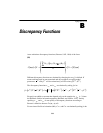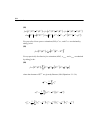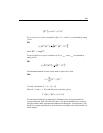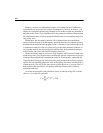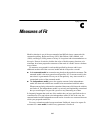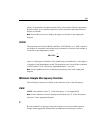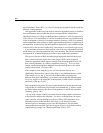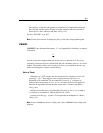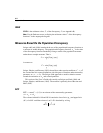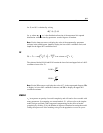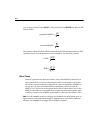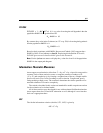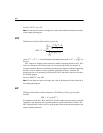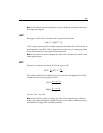
600
Appendix C
specified model). That is, P is a “p value” for testing the hypothesis that the model fits
perfectly in the population.
One approach to model selection employs statistical hypothesis testing to eliminate
from consideration those models that are inconsistent with the available data.
Hypothesis testing is a widely accepted procedure, and there is a lot of experience in
its use. However, its unsuitability as a device for model selection was pointed out early
in the development of analysis of moment structures (Jöreskog, 1969). It is generally
acknowledged that most models are useful approximations that do not fit perfectly in
the population. In other words, the null hypothesis of perfect fit is not credible to begin
with and will, in the end, be accepted only if the sample is not allowed to get too big.
If you encounter resistance to the foregoing view of the role of hypothesis testing in
model fitting, the following quotations may come in handy. The first two predate the
development of structural modeling and refer to other model fitting problems.
The power of the test to detect an underlying disagreement between theory and
data is controlled largely by the size of the sample. With a small sample an
alternative hypothesis which departs violently from the null hypothesis may still
have a small probability of yielding a significant value of . In a very large
sample, small and unimportant departures from the null hypothesis are almost
certain to be detected. (Cochran, 1952)
If the sample is small, then the test will show that the data are ‘not
significantly different from’ quite a wide range of very different theories, while
if the sample is large, the test will show that the data are significantly
different from those expected on a given theory even though the difference may
be so very slight as to be negligible or unimportant on other criteria. (Gulliksen
and Tukey, 1958, pp. 95–96)
Such a hypothesis [of perfect fit] may be quite unrealistic in most empirical work
with test data. If a sufficiently large sample were obtained this statistic would,
no doubt, indicate that any such non-trivial hypothesis is statistically untenable.
(Jöreskog, 1969, p. 200)
...in very large samples virtually all models that one might consider would have
to be rejected as statistically untenable.... In effect, a nonsignificant chi-square
value is desired, and one attempts to infer the validity of the hypothesis of no
difference between model and data. Such logic is well-known in various
statistical guises as attempting to prove the null hypothesis. This procedure
cannot generally be justified, since the chi-square variate v can be made small by
simply reducing sample size. (Bentler and Bonett, 1980, p. 591)
χ
2
χ
2
χ
2
χ
2




